AO Edited
National Watch and Clock Museum
North America’s largest collection of horological devices and home to a colossal clock with a dizzying array of features.
In our age, state-of-the-art clocks keep time with unfathomable precision, and the advent of the smartphone has pushed the standalone timepiece close to obsolescence. Still, the ability to keep time in a tiny machine is a marvel with a rich history.
The National Watch and Clock Museum, with an inventory of 12,000 pieces, celebrates this history of timekeeping in all its manifestations. The institution specializes in Victorian era timekeeping devices, but sports an eclectic mixture of timepieces from around the world. But it was the 19th century that brought us the grandiosely-named “The Eighth Wonder of the World,” a mammoth clock at the museum whose elaborate inner-workings inspired at least one man to offer $50,000 to anyone who could craft a machine that could outdo it.
The 11-foot-tall contraption, completed in the 1870s by Pennsylvanian Stephen D. Engle, features a curious collection of figures drawn from mythology, the Bible, and the American Revolutionary War. He even included a figure resembling himself to the group. The clockmaker reportedly labored twenty years on his brainchild.
The clock’s mechanisms are spellbinding. Over the course of an hour, 48 figures, including Jesus, Satan, Father Time, Molly Pitcher, and Orpheus appear at intervals. What’s more, the clock indicates positions of the sun, constellations, and the zodiac. And as if that weren’t enough, Engle’s lavish creation blasts hymns and patriotic music through its own organ and marks the days of the week, month, the tides, and the phases of the moon.
A contemporary of Engle’s named Jacob Reid held that the clock was a supreme achievement that could not be topped. He wagered $50,000 that no one could create a more elaborate clock. In its time, the clock was showcased around the nation, but went missing in the ‘50s until it was recovered in 1983 in upstate New York. A few years later the clock came to rest in its current home.
Community Contributors
Added by
Edited by
The Atlas Obscura Podcast is Back!




















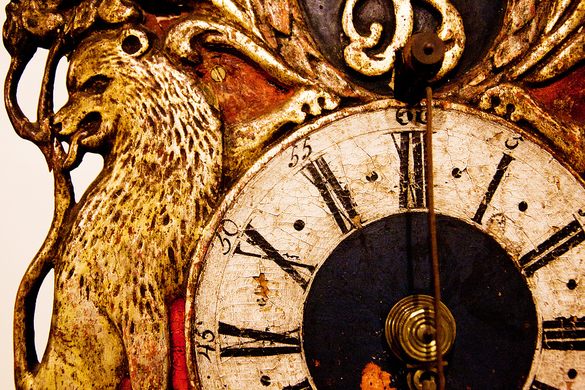
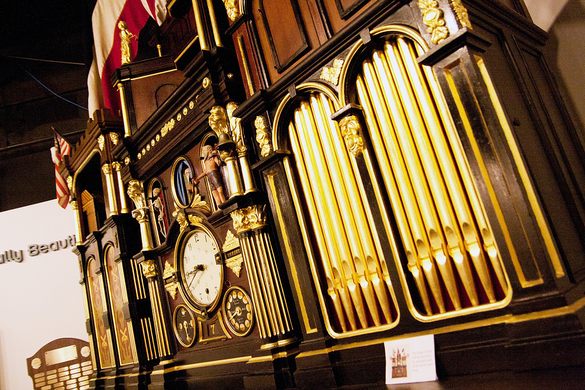

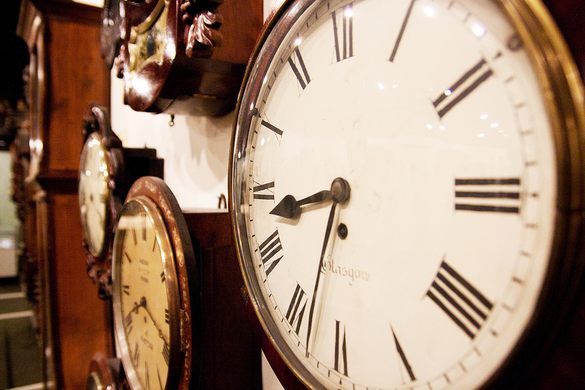






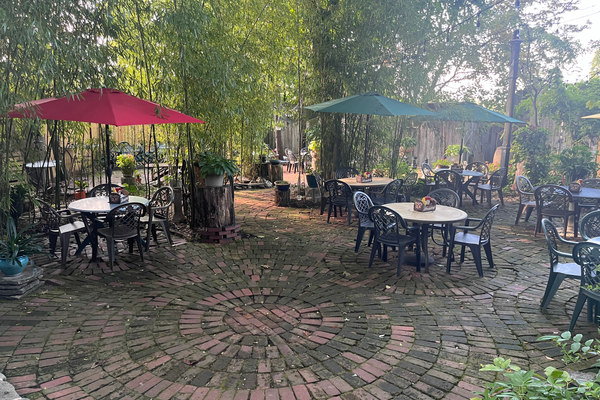



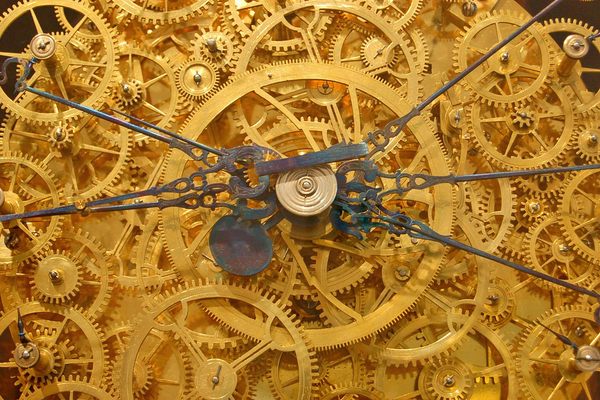

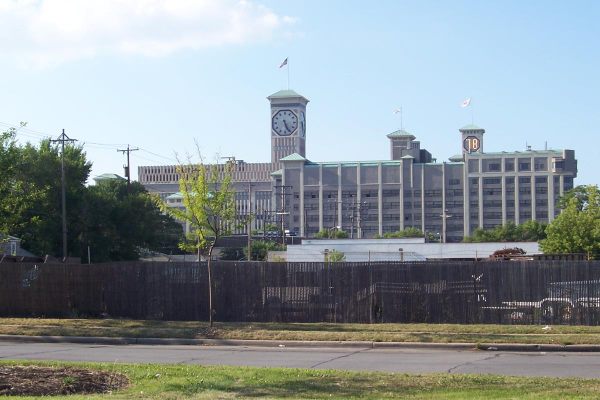
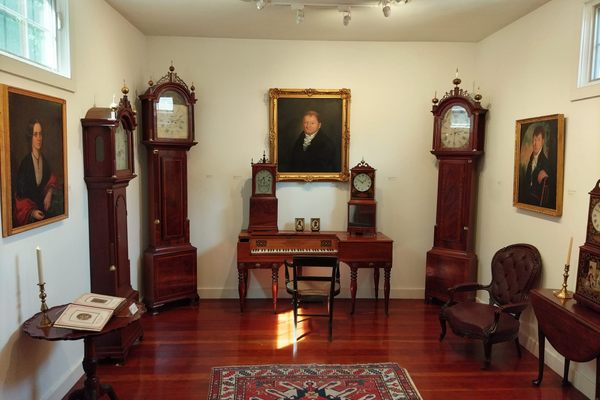

Follow us on Twitter to get the latest on the world's hidden wonders.
Like us on Facebook to get the latest on the world's hidden wonders.
Follow us on Twitter Like us on Facebook